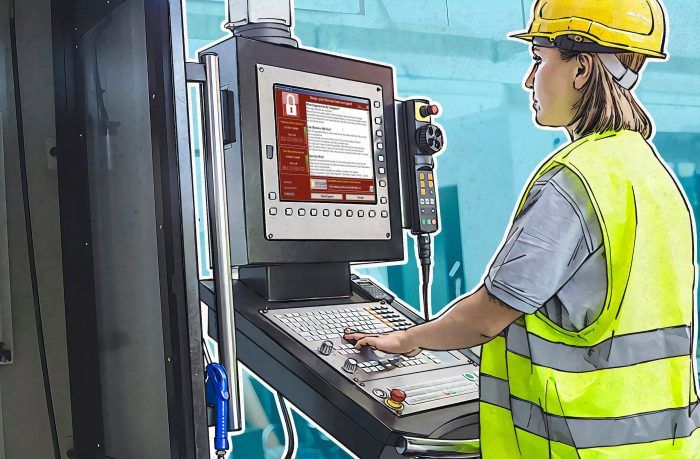
Business
1246 articles


What your business needs to know about GDPR
What is General Data Protection Regulation and what should you do about it

CyberAsia: How to save a factory from cybercriminals
The finest minds of cybersecurity and business from Central Asia will engage in the battle to save the world on the 27th of April.

Exploits are everywhere — is your business safe?
The threat landscape is always evolving. How can you protect your business?

Healthcare security: Risks and predictions
Safeguarding data and combating cyberthreats in healthcare.

Eight targeted ransomware attacks aiming for your money
Our experts have identified at least eight independent threat actors competing for the right to extort money from businesses.

Lazarus: Modus operandi and countermeasures
After more than a year of investigation, our experts have a thorough understanding of the Lazarus campaign and advice for protection.

Moonlight Maze: Lessons from history
A possible connection between Moonlight Maze, an APT that targeted the Pentagon and NASA in the late 1990s, and Turla, a modern day threat actor.

Cybersecurity in financial institutions 2016 — and what 2017 holds
As our research shows, the actual costs of a cybersecurity incident to a financial institution can add up to as much as $926,000.

Actual case of indecorous test
An example that demonstrates test results with a lot of room for error is a recent benchmark test, run by NSS Labs, of “advanced endpoint protection” products.

Five security trends to watch in virtualization in 2017
Predictions about trends and threats that will affect cybersecurity in the field of virtualization.

Adaptive architecture: Key to True Cybersecurity
The never-ending cycle of Adaptive Security Architecture. Ideally, it enables us to stay ahead of cybercriminals, creating and improving security systems.

+1 Enterprise Intelligence Service: Introducing Our Cyberthreat X-Ray!
We’ve got a multi-function cyber-X-ray in development, but some of its functionality can already be used right now.

Cloud vs. Fraud
Banks and financial institutions. require a special approach to IT Security, and that is why we developed a Kaspersky Fraud Prevention Cloud.

HuMachine intelligence fighting snow shoes
The war with cyber-evil long ago turned into a war of algorithms. And effectiveness depends on the flexibility and reliability of the self-learning systems.

Things to do before the next big thing: How the financial industry reacts to cyberthreats
How the financial industry reacts to cyberthreats

Double trouble: A pair of wipers in Saudi Arabia
Shamoon is back with a new version, and this time it is accompanied by another piece of similar malware with far more advanced evasive technologies

The multilayered security model in Kaspersky Lab products
We take a multilayered approach in each aspect of all of our products.

Enterprise businesses need malware analysts
True cybersecurity experts must be skilled at reverse engineering. Prior to SAS, Nico Brulez will hold a corresponding training session.

Not resting on our laurels
We believe our “True Cybersecurity” strategy complies with the demand and the future evolution of the market, thanks largely to our “HuMachine” approach.
 Ransomware
Ransomware privacy
privacy
 APT
APT SAS
SAS Financial cybersecurity
Financial cybersecurity tests
tests wipers
wipers